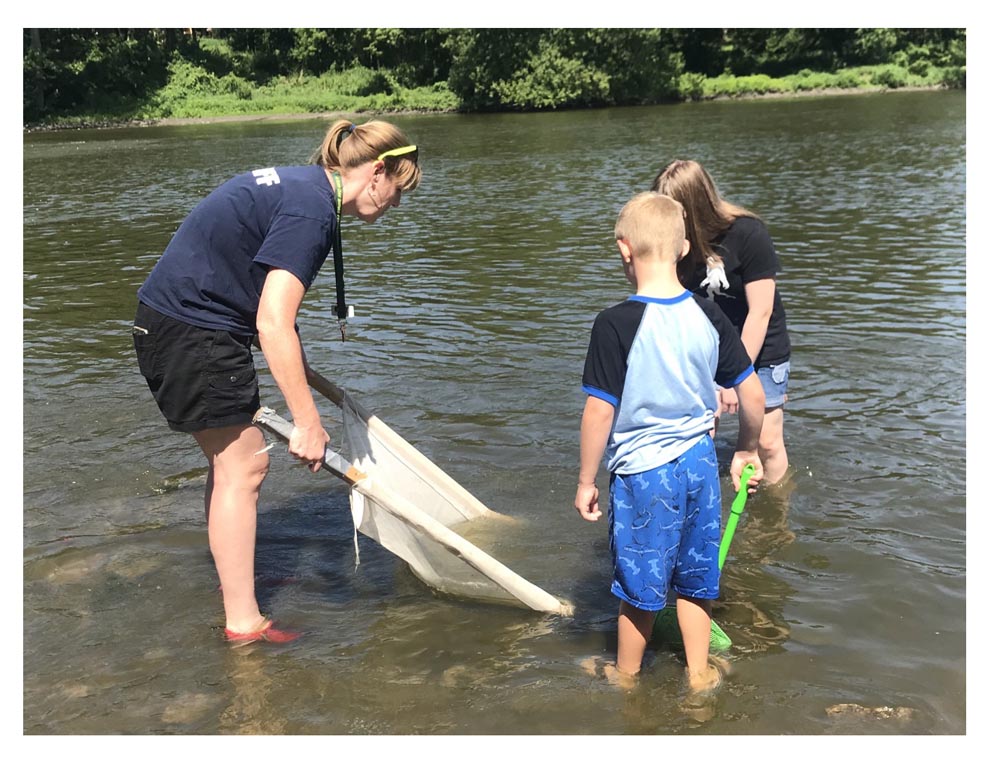
A curious visitor asked a naturalist to describe the appearance of a rusty crayfish.
When she said, “It looks like they’ve been pinched with Cheetos fingers,” the mind wanders to something kinda cute, maybe even a bit cuddly.
“But,” continued Christy Graser, environmental education supervisor at Red Oak Nature Center in North Aurora,, “they’re not from around here, and they out-compete what is around here. They’re like the little bullies of the natural world.”
Considered an invasive species to Illinois waterways, the rusty crayfish have strayed from their native range in the Ohio River Basin (Ohio, Indiana, Kentucky, Tennessee), and it’s suspected that rusties were transported and released by anglers who were using them as bait.
Whatever the case, they’re a detriment to native species of our local watersheds, mainly the Fox River, which flows west of Red Oak. And a couple months post-spawn, after they’ve had time to grow, it’s time to round up those rusties and get ‘em out.
For the third year, staff members at Red Oak are teaming with the Forest Preserve District of Kane County, Hickory Knolls Discovery Center of the St. Charles Park District and Friends of the Fox for the annual Rusty Rodeo, a free event in which residents are encouraged to help scoop and remove rusty crayfish from local tributaries.
The Fox Valley Park District’s portion of the event will be held at Glenwood Park, which is adjacent to Lippold Park, just a bit north of Red Oak along IL State Route 25. Rusty Rodeo will run from 11 a.m. to 1 p.m. Saturday, Aug. 7. No registration is required and parking will be available at both Glenwood and Lippold Parks.
“The Rodeo’s becoming more popular with families – we even had one last year who built their own net,” said Renee Oakley, Red Oak’s facility manager. “Everyone has their own techniques, and there’s no wrong way to do it. We’re just trying to round ‘em up to help our waterways in a small way.
“It’s great, because it’s hands-on for the whole family.”
On average, rusties grow between three and five inches and, according to the U.S. National Park Service, they’re aggressive and resilient to more extreme conditions, which tend to give rusty crayfish an advantage in their non-native range. They directly compete with native crayfish for food and cover, thus forcing the rightful residents out where other animals can more easily prey on them.
Rusty Rodeo participants should dress for being outside and getting wet and muddy. All tools and information will be provided by staff, but families are encouraged to bring their own nets and buckets. Awards will be issued for the most caught, biggest, and additional aspects.
As for the captured rusties? They’ll be relocated to a new home, with a new job.
The Nature Center has turtle tanks.

